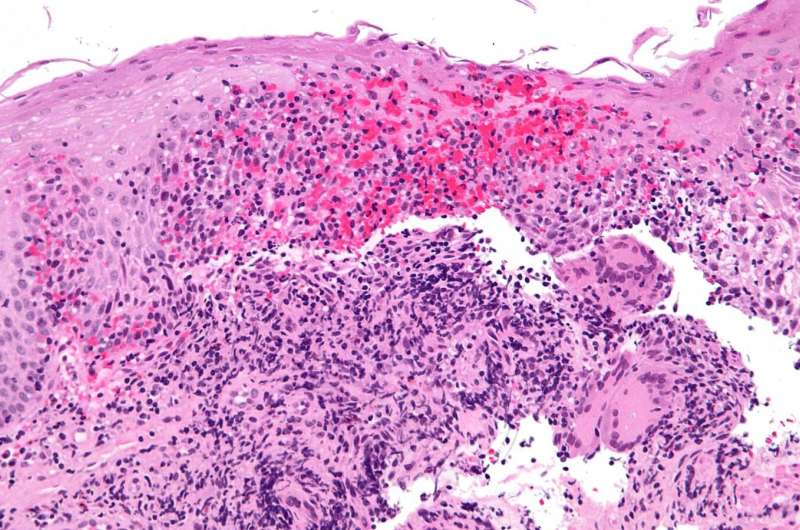Innovative Smartphone Tests May Speed Up Huntington's Disease Drug Development

New smartphone-based digital tests offer a sensitive and convenient way to monitor Huntington's disease progression, potentially accelerating drug development and clinical trials.
Recent advancements in digital health technology are paving the way for more efficient monitoring of Huntington's disease progression. A collaborative study by researchers at University College London (UCL) and Roche has demonstrated that using smartphone-based digital tests can significantly enhance the detection of motor symptom changes associated with Huntington's disease. These tests involve simple movement assessments, such as balance evaluation, finger tapping, and involuntary movement checks, which collectively produce a Huntington's Disease Digital Motor Score (HDDMS). A lower HDDMS reflects better motor skills, whereas a higher score indicates greater impairment.
The innovation lies in the regular application of these tests in patients’ daily environments, allowing healthcare providers and researchers to track disease progression with greater sensitivity than traditional methods. This real-world monitoring can identify subtle changes in motor function, aiding the evaluation of potential treatments and reducing the number of participants needed in clinical trials. Consequently, this approach has the potential to shorten trial durations and expedite the development of new therapies.
Developed using data from over a thousand participants drawn from multiple studies, the HDDMS was found to be approximately twice as sensitive as the conventional Unified Huntington's Disease Rating Scale in detecting disease progression. The simplicity and speed of the five-minute assessments make it a practical tool for patients to perform at home, offering a more convenient and possibly more accurate measure of motor decline.
Professor Ed Wild from UCL emphasized that integrating the HDDMS into clinical trials could lead to clearer, faster results, facilitating the development of effective treatments for Huntington's disease. The focus on digital biomarkers highlights the broader role of technology in neurological research, marking a significant step towards innovative, patient-friendly disease monitoring.
While the current research primarily involves participants in clinical trials, further studies are needed to evaluate the HDDMS's ability to predict long-term declines and its application across different disease stages. The tool is available for use by academic institutions and industry partners working on Huntington's disease via Roche Diagnostics.
Overall, digital health solutions like the HDDMS are promising advancements that could revolutionize how neurodegenerative disorders are tracked and treated, potentially accelerating the journey towards effective therapies for Huntington's disease.
Source: https://medicalxpress.com/news/2025-06-smartphone-drug-huntington-disease.html
Stay Updated with Mia's Feed
Get the latest health & wellness insights delivered straight to your inbox.
Related Articles
promising new investigational treatment shows potential for Crohn's disease remission
A new investigational therapy targeting TL1A shows significant potential to induce remission in Crohn's disease, offering hope for better treatment options. Recent studies highlight rapid response and possible effects on fibrosis crucial in disease management.
Twin Study Reveals Link Between Accelerated Biological Aging and Cognitive Decline
A new study using epigenetic clocks in identical twins reveals that faster biological aging is linked to increased memory decline, especially among those from lower socioeconomic backgrounds. These findings highlight the complex interplay between genetics, environment, and brain health.
Concerns Over US Policy Shift to Multiple Vaccinations Instead of Single MMRV
A US CDC recommendation to separate childhood vaccines for measles, mumps, rubella, and chickenpox has raised concerns among experts about public confusion and vaccination gaps, risking outbreaks of preventable diseases.
AI-Powered System Enhances Diagnosis of Facial Pigmented Lesions
A new AI-driven classification system significantly improves the accuracy of diagnosing facial pigmented lesions, supporting more effective laser treatment strategies and enhancing dermatological care.



